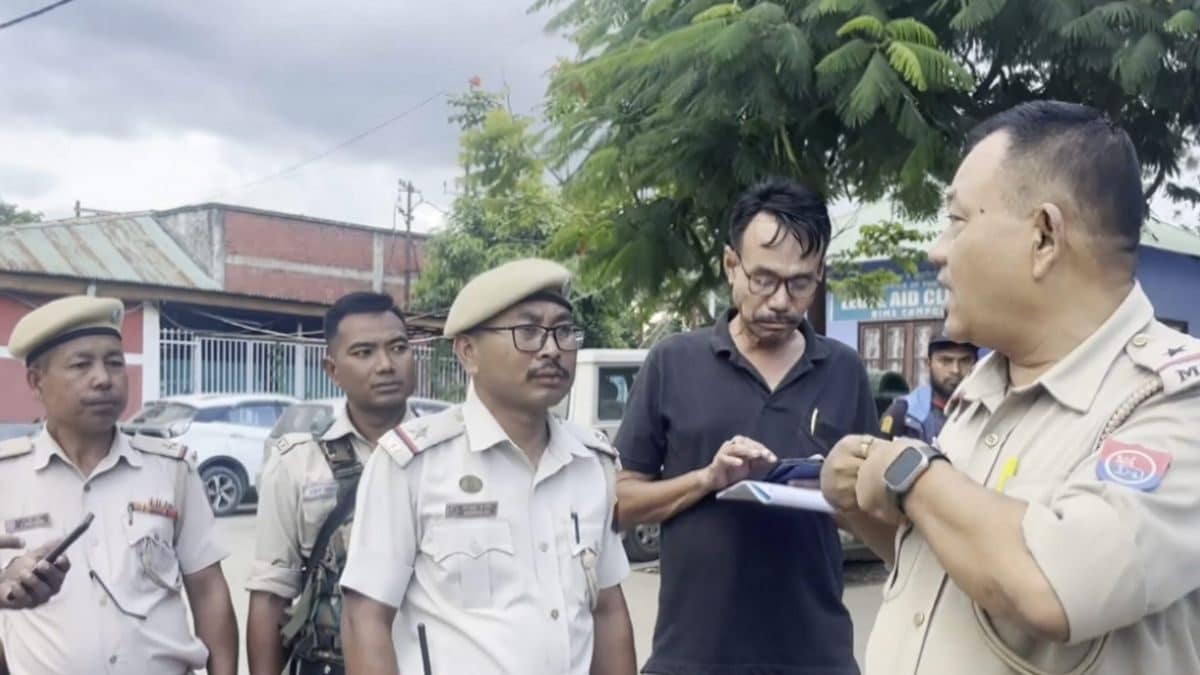The use of drones by Kuki militants in Manipur has marked a concerning escalation in the ongoing conflict, prompting security forces to deploy anti-drone guns and the state government to procure additional units. This new tactic, employed for the first time on September 1st, 2023, has forced officials to re-evaluate security measures and adopt counter-drone strategies.
Unprecedented Drone Attacks in Manipur
The unprecedented attack in Koutruk, Imphal West, involved Kuki militants using high-tech drones to deploy several RPGs targeting security forces, including the Border Security Force (BSF). The intensity of the attack and the sophisticated weaponry used caught security officials by surprise, highlighting the need for more robust security measures.
Impact of the Drone Attack
The drone attack had a significant impact, forcing security personnel to remain confined within their vehicles. The militants successfully dropped explosives from drones, hindering any movement by the forces. The attack resulted in casualties, including one civilian fatality and injuries to two police personnel and three civilians.
Countering the Drone Threat: Deployment of Anti-Drone Guns
To address the emerging threat, security forces have decided to deploy anti-drone guns, a technology previously employed on the India-Pakistan border. The deployment of these guns will create a web-like cover, aiming to effectively shoot down any hostile drones detected within Manipur’s airspace.
A Strategic Response
The deployment of anti-drone guns reflects a proactive strategy by security forces to combat this new challenge. The state government is actively acquiring additional units to bolster the existing inventory, indicating a strong commitment to effectively tackling the threat.
Security Implications and Concerns
The drone attacks have raised serious concerns regarding the escalation of the conflict. The involvement of highly trained professionals and technical expertise in coordinating these attacks is a serious cause for worry.
Heightened Security Measures
The authorities are carefully monitoring the situation and remain prepared for any potential contingency. Intelligence agencies are also stepping up their efforts to gather information and predict any future threats from militants.
Analyzing the New Threat
The use of drones in the Manipur conflict is a major shift in the tactical landscape. The sophistication of the attack highlights the need for intelligence agencies and security forces to remain vigilant and adapt to emerging threats.
The Need for Adaptation
This recent development signifies the growing use of technology in armed conflicts. Security forces must continuously adapt their tactics and deploy countermeasures to neutralize these emerging threats effectively.
Takeaways
- The drone attacks in Manipur represent a significant escalation in the conflict, posing a new and sophisticated challenge to security forces.
- Anti-drone guns are being deployed strategically to combat the threat.
- Security forces and intelligence agencies are actively adapting their strategies to address the emerging threat of drone warfare.
- The situation in Manipur demands a comprehensive and coordinated response from authorities.
- The use of drones in conflicts is a growing global concern and requires global attention.




